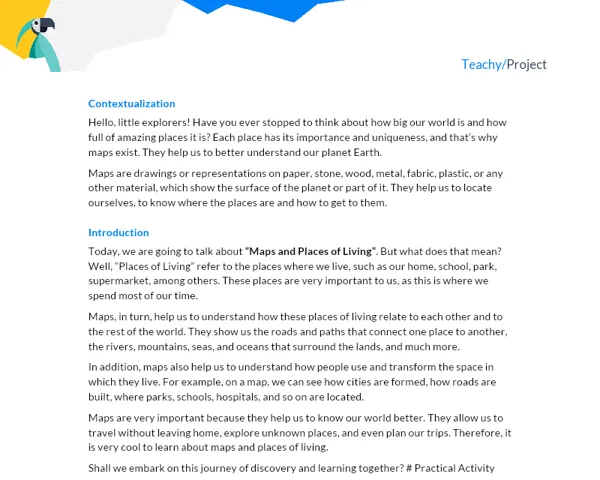Context
The New World Order emerged after the events that marked the end of the Cold War, such as the fall of the Berlin Wall and the dissolution of the Soviet Union. Unlike the bipolar order of the Cold War period, with two dominant superpowers, the New World Order is characterized by multipolarity and globalization. International relations have become more complex, with many influential actors: nations, international organizations, multinational companies, and non-governmental organizations.
In this new global geopolitical scenario, the United States has emerged as the sole superpower, while new centers of power, such as the European Union, China, and Brazil, have begun to play an important role. At the same time, new challenges have arisen, such as environmental issues, the proliferation of weapons of mass destruction, terrorism, and the resurgence of ethnic and religious conflicts.
The New World Order is also marked by globalization. With the advancement of technology and market liberalization, the world's economies are increasingly interconnected. This has brought benefits such as economic growth and the diffusion of technologies, but it has also created inequalities and challenges, such as the exploitation of workers, environmental degradation, and the loss of cultural identity.
Importance of Study
Studying the New World Order is essential to understand the complexities of the current world, from geopolitical, economic, and cultural perspectives. This study allows us to analyze the challenges we face, such as inequality, conflicts, and exploitation, and seek solutions.
Furthermore, by understanding the New World Order, we can better understand our place in the world and how our actions can influence globally. Globalization means that the actions of a country or an organization can have repercussions worldwide, and it is crucial to understand these connections.
Practical Activity: The Game of the New World Order
Project Objective
This project aims to provide students with a better understanding of the dynamics and complexities of the New World Order, allowing them to interpret and evaluate the policies and strategies of different countries and organizations, and how this affects international relations.
Project Description
Students will be divided into groups of 3-5 people. They will represent different countries or international organizations and simulate a meeting of global leaders to discuss issues of global importance, such as climate change, global economic policy, and the fight against terrorism.
Students should research the interests, policies, and strategies of their respective countries/organizations and apply them during the simulation to persuade other groups to adopt their views and approaches.
Required Materials
- Internet access for research
- Paper and pen for notes
- A room with enough space for the simulation
Step by Step
- Divide students into groups of 3-5 people.
- Assign each group a country or an international organization (such as the United Nations, the European Union, or the World Bank).
- Give students time to research their respective countries/organizations, including their recent history, internal and external policies, interests, and alliances.
- Ask each group to prepare a short presentation about the country/organization they represent, identifying the main challenges and opportunities they face in the context of the New World Order.
- Conduct the simulation, during which each group will try to persuade others to adopt their policies and approaches to deal with global challenges.
- After the simulation, groups should reflect on the discussions and negotiations that took place and write a report.
Report: Report Format
Students should prepare a group report addressing the following points:
-
Introduction: Begin with a general overview of the project and a brief description of the country/organization the group represented. Provide an overview of the policies and strategies the group chose to represent.
-
Development: Describe in detail the simulation and the role the group played in it. Explain the negotiation and persuasion tactics that were used and how other teams reacted to them. Provide details on the research conducted by the group and how this research informed their decisions during the simulation.
-
Conclusion: Summarize the main points of the project and critically reflect on what the group learned during the process. Discuss which strategies worked well and which were not as effective. Reflect on what this can teach about the complexities of international relations in the New World Order.
-
Bibliography: Cite all sources of information used during the research to inform the decisions made during the simulation. This may include books, websites, newspaper articles, podcasts, or documentaries.

